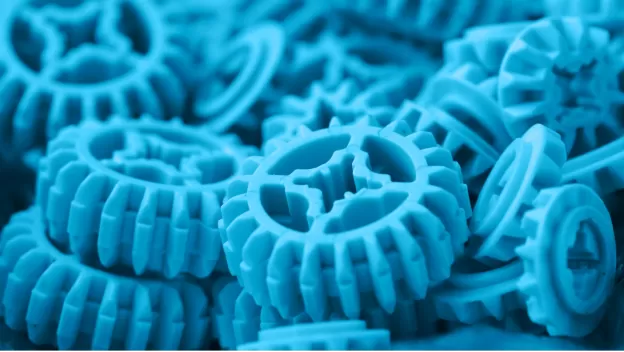Injection molding is an incredibly versatile process that can produce everything from small plastic parts to large automotive components. However, one of the most common issues faced by injection molders is sink marks. Sink marks are depressions or dimples that form on the surface of a molded part, detracting from its appearance and potentially affecting its functionality.
Fortunately, there are several steps that injection molders can take to minimize or even eliminate sink marks. In this guide, we’ll explore the causes of sink marks, the factors that contribute to their formation, and the strategies that can be used to prevent them.
Understanding the Causes of Sink Marks in Injection Molding
To effectively prevent sink marks, it’s important to first understand what causes them. Sink marks occur when different parts of a molded part cool at different rates. This can happen for a variety of reasons, including:
Variations in wall thickness:
When a part has areas of varying thickness, the thicker areas will take longer to cool than the thinner areas, which can result in sink marks.
Uneven packing:
If the mold is not properly packed during the molding process, sink marks can occur when the less densely-packed areas cool more quickly than the denser areas.
High melt viscosity:
Materials with high melt viscosity take longer to flow and fill the mold cavity, which can lead to areas of thicker material and subsequent sink marks.
High mold temperature:
If the mold temperature is too high, material will cool more quickly as it enters the mold, resulting in sink marks.
Improper cooling:
If the part is not cooled properly as it exits the mold, areas of thicker material will take longer to cool and can sink as a result.

Strategies for Avoiding Sink Marks in Injection Molding
Now that we understand what causes sink marks, let’s explore some of the strategies that can be used to prevent them:
Design for manufacturability:
The best way to prevent sink marks is to design parts with uniform wall thickness and minimal variations in geometry. Working with an experienced injection molder or design engineer can help ensure that parts are designed for optimal manufacturability.
Optimize molding process parameters:
Properly setting the molding process parameters, such as the melt and mold temperatures, will ensure that the material fills the mold uniformly and cools at a consistent rate. This will help prevent sink marks and improve part quality overall.
Use the correct mold material:
Different materials have different thermal properties, and selecting a mold material with the appropriate thermal conductivity can help ensure that parts cool evenly and prevent sink marks.
Improve gating and venting:
Properly designed gating and venting systems can help ensure that material flows evenly and that air is properly vented from the mold, improving cooling and minimizing sink marks.
Consider post-molding treatments:
If sink marks do occur, post-molding treatments such as sanding or painting may be able to remedy the issue. However, it’s always best to try to prevent sink marks from occurring in the first place.
Conclusion
Injection molding is a complex process, but taking the time to understand and address the factors that contribute to sink marks can help improve part quality and reduce scrap rates. By designing parts for optimal manufacturability, optimizing molding process parameters, selecting the correct mold material, improving gating and venting, and considering post-molding treatments, injection molders can reduce or even eliminate sink marks and produce high-quality parts with ease.


